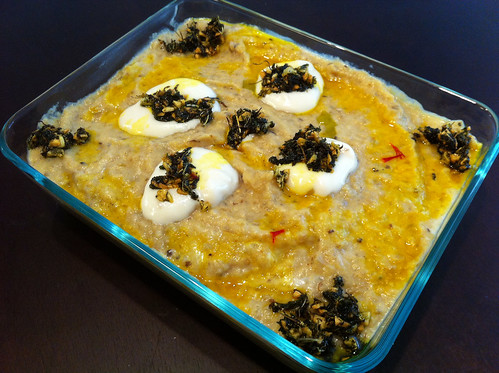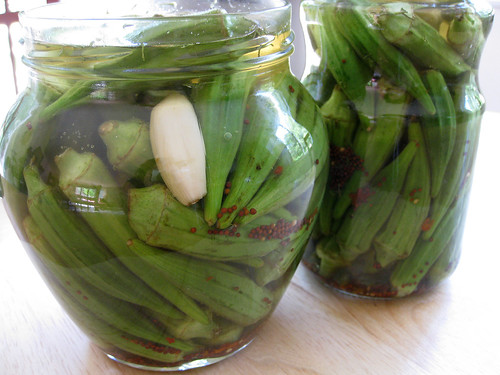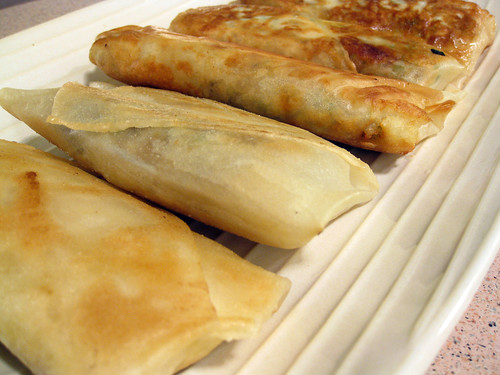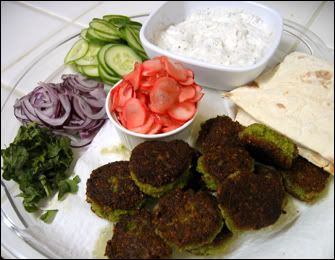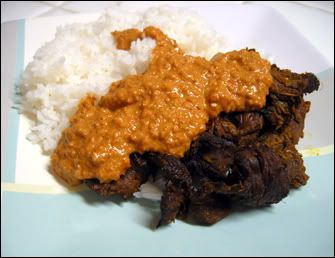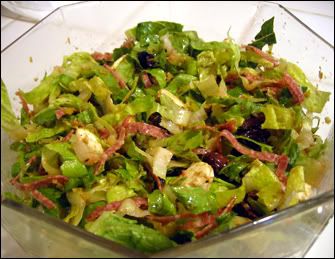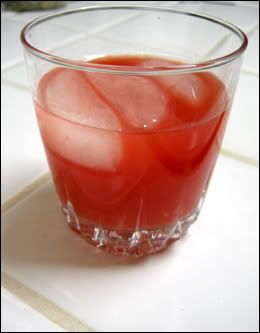Note: This entry also appeared at my friend Sherisa de Groot’s blog, L’élephant Rose. L’élephant Rose is a collection of jewelry designed by Sherisa, based in Amsterdam. It’s also the name of her blog about design, music, green living, food, and fashion.
It’s eggplant season! Eggplant is ubiquitous in Iranian cuisine, and luckily for me, it’s in season in the Bay Area right now. I’ve been buying pounds and pounds of it to cook kashk-e bademjaan. A favorite at Persian gatherings, this dip is garlicy, minty, and slightly piquant, thanks to kashk, a thick condiment similar to whey that’s used in Persian cooking. Served with naan or a similar flatbread, kashk-e bademjaan is the perfect way to make use of the eggplant bounty.
This recipe is adapted from two sources: my mom’s guidance over the phone as I hurriedly cooked this the first time for a dinner party, and Najmieh Batmanglij’s definitive English-language cookbook on Iranian cuisine: Food of Life. (Sidenote: Batmanglij’s son, Rostam, is a member of Vampire Weekend and Discovery. Guess what I listen to when I’m cooking from Najmieh’s cookbook?)
Ingredients:
2 medium eggplants
1 onion, chopped
3 cloves garlic, chopped
1/4 cup olive oil
1/2 cup liquid whey (kashk)
1/2 teaspoon salt
1/2 teaspoon pepper
For the garnish:
3 cloves garlic, minced
2 tablespoons olive oil
2 tablespoons dried mint
2 tablespoons liquid whey (kashk)
1/4 teaspoon ground saffron, dissolved in 1 tablespoon hot water
1. Peel eggplants and cut into 4 slices lengthwise. Place in a colander and sprinkle with 2 teaspoons salt to remove bitterness and excess moisture. Let stand for 30 minutes, then pat dry.
2. Brown the eggplants in a non-stick skillet with 1/4 cup of oil. Add onions and garlic and brown for an additional two minutes, adding another tablespoon of oil if needed. Add 1 cup of water, cover, and cook over medium heat for 20 minutes. Remove from heat and mash in a food processor. Add 1/2 cup of whey, salt, and pepper, and mix well.
3. Just before serving, saute minced garlic in remaining 2 tablespoons oil at low heat, until golden. Remove skillet from heat, add dried mint, and mix well.
4. Place the eggplant in a serving bowl and garnish with 2 tablespoons whey, the garlic and mint mixture, and a few drops of saffron water. Serve with flatbread and fresh herbs.

